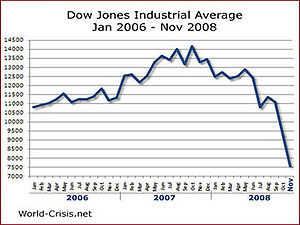By
AMY LEVIN-EPSTEIN /
MONEYWATCH/ October 24, 2013, 7:58 AM:
(MoneyWatch) Yesterday, this blog listed five things successful people do after 5 p.m. (a spinoff of the popular Forbes.com piece about things those same people do before 8 p.m.) But what about behaviors that can negatively impact your chances for success? In other words, what are the things that effective employees and executives don't do as the work day winds down? Here are four.
They don't stay at work all night. Effective executives take some time to recharge each evening, said Julie Morgenstern, author of "Time Management From the Inside Out." And they don't just try to turn off their smartphone -- they actually schedule quality personal time. "First, they set an alarm to get out of the office on time. Then, they schedule something fun, relaxing or rejuvenating after work, whether it's an exercise class, meeting with a trainer, dinner with friends or family, etc.," said Morgenstern.
- Would you choose Summer Fridays or a 5 percent raise?
- The case against Summer Fridays
- How to cram more work into fewer hours
They don't go straight home. If you go directly home from a long work day to a busy home life, you can still feel like you're at work -- or at least, your mind is -- when you're trying to recharge. So avoid answering work emails or speaking to clients on your ride home. "Successful people implement some sort of mindful transition between workday and home -- music, a walk, a visit to the gym -- something that signals [the] workday is over," Morgenstern said. Even listening to music or a podcast, or reading a book, on your commute can ease that transition.
They work through stress in healthy ways. Capping off a long day at the office with more than one stiff drink may not be a good idea, said efficiency expert Andrew Jensen. "Successful people strive for self-control and don't try to temporarily drown out the stresses of life through excessive drinking," he said. After all, nobody ever said that hangovers helped them perform better.
They don't excuse other unhealthy habits. "Very successful people don't neglect their bodies by fueling with junk food or by rationalizing they are too busy or too tired for exercise," Jensen said. That's not to say that there aren't great executives who have climbed the corporate ladder fueled by the vending machine and late-night food orders. But being unhealthy hardly makes it easy to function at your highest level. Plus, companies generally like their executives to look fit and attractive. So if you won't make healthy choices for your health, do it for your career.
Amy Levin-EpsteinON TWITTER »
View all articles by Amy Levin-Epstein on CBS MoneyWatch »
Amy Levin-Epstein is a freelance writer who has been published in dozens of magazines (including Glamour, Self and Redbook), websites (including AOLHealth.com, Babble.com and Details.com) and newspapers (including The New York Post and the Boston Globe). To read more of her writing, visit AmyLevinEpstein.com.
'via Blog this'Amy Levin-Epstein is a freelance writer who has been published in dozens of magazines (including Glamour, Self and Redbook), websites (including AOLHealth.com, Babble.com and Details.com) and newspapers (including The New York Post and the Boston Globe). To read more of her writing, visit AmyLevinEpstein.com.































